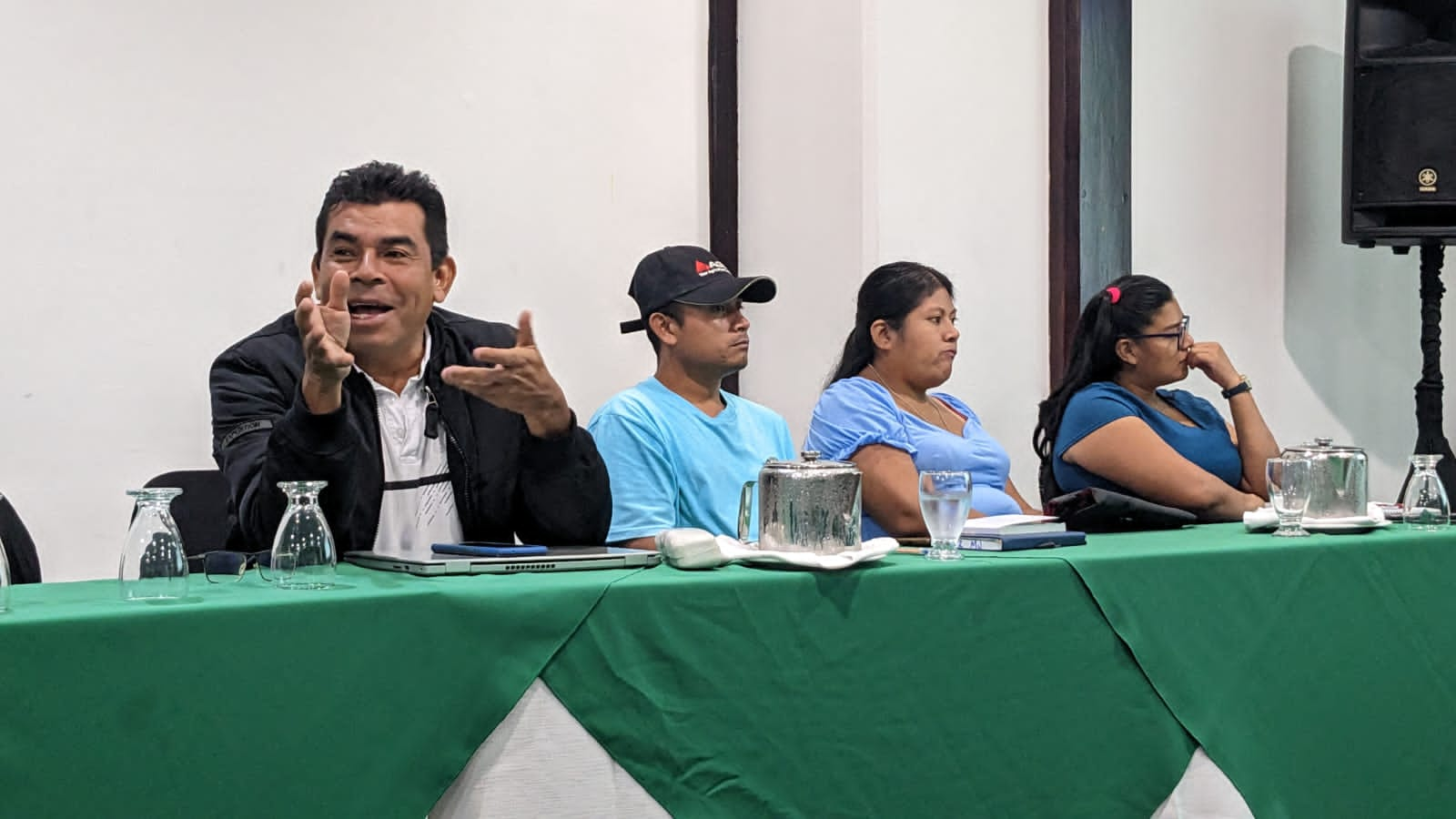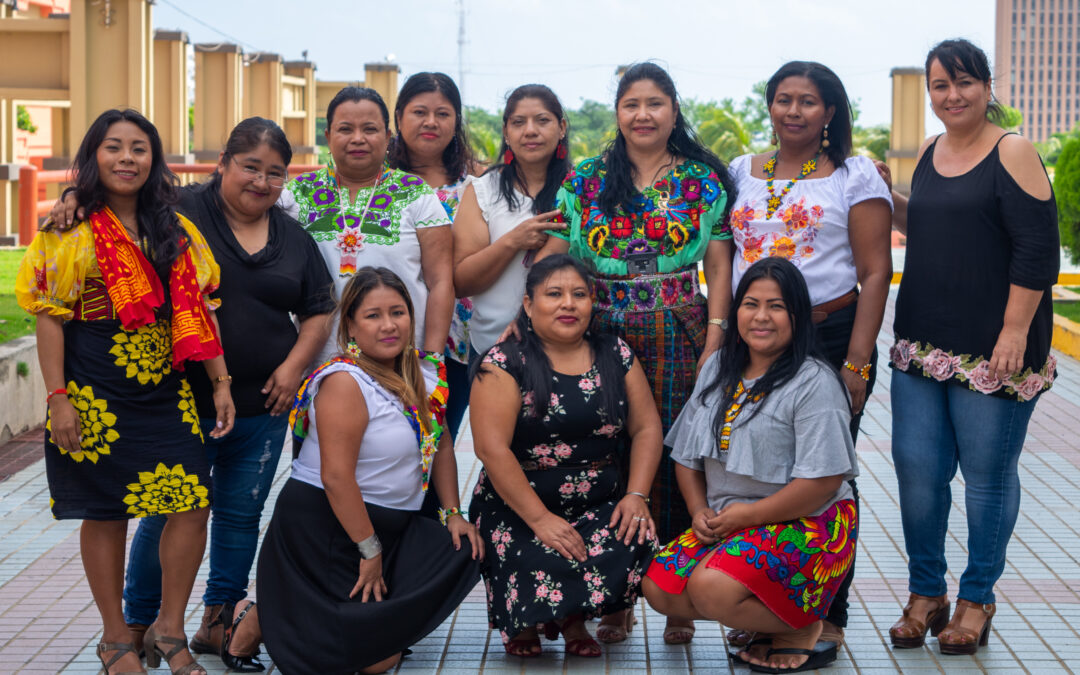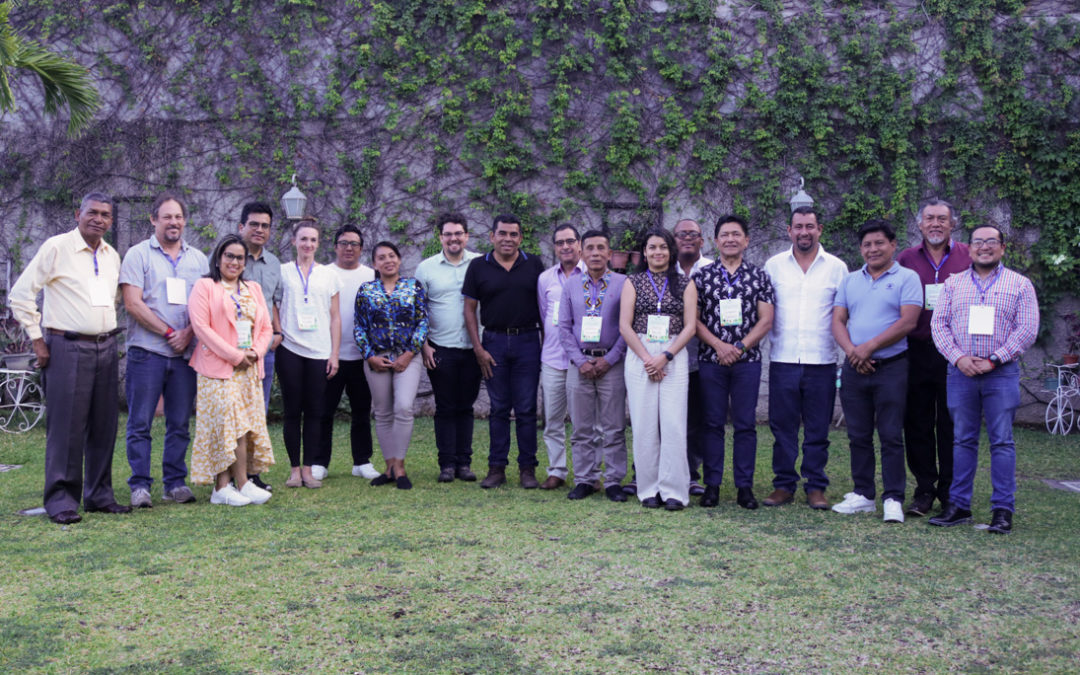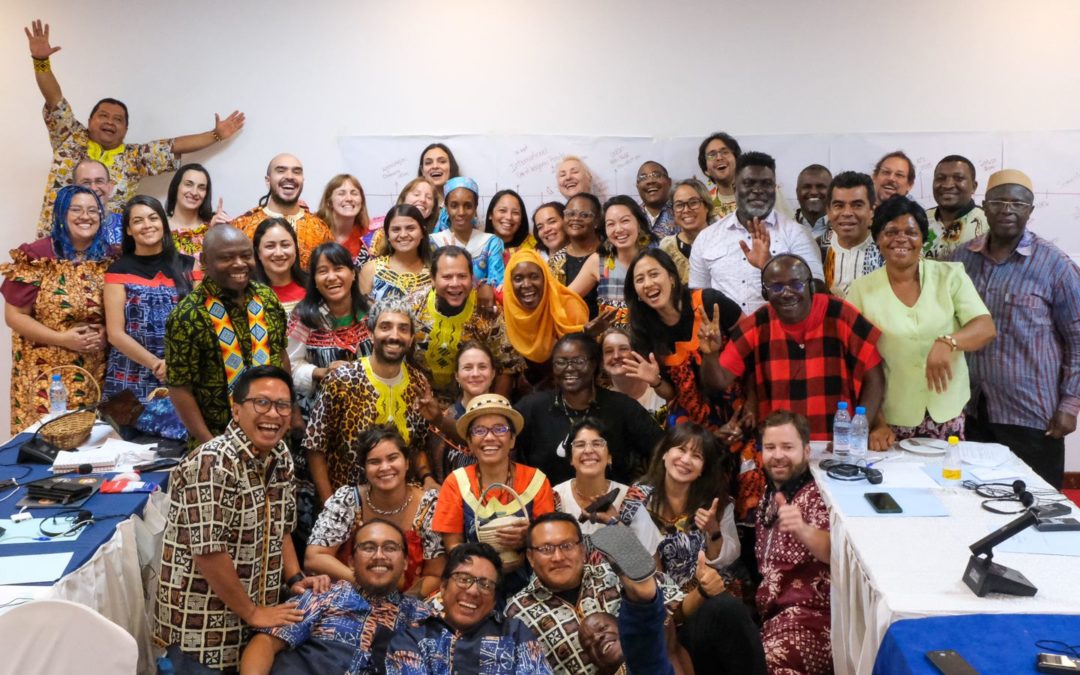-
Representatives of Indigenous Peoples and Local Communities of Mesoamerica create a regional meeting to discuss how to protect their rights in the face of the boom of the carbon market.
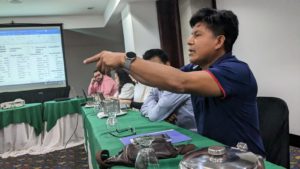
Rodolfo Berrugate Advisor Emberá Wounan People Panamá
The carbon market is booming: A huge number of international companies have flooded the Mesoamerican territories in a race to secure the purchase of carbon credits in our tropical forests. This situation has generated uncertainty and multiple risks.
Even though the carbon is in the forests managed by Indigenous Peoples and Local Communities, the market is accounted by local governments and international companies with very little knowledge about the political and cultural particularities of each territory and how to guarantee that the rights of forest guardians are respected during the process of planning, consulting and implementing these credits.
How does the carbon market work?
Forests have the capacity to capture gasses that are harmful to the atmosphere, like the ones emitted by the use of fuels in vehicles and factories, among others. A model was defined to measure in tons the amount of gasses captured by one hectare of forest. Each ton is called a “carbon credit” or “carbon bonus”. This credit is given a value in dollars and this is what the most polluting companies on the planet buy to “compensate their pollution”.
One hectare of forest in the tropics stores between 60 and 230 tons. The price per ton is between $8 to $10 per year. Few hectares are not attractive either for the country that sells them or for those who buy them, that is why only “jurisdictions” are negotiated, that is, large areas of forests.
Governments, through the corresponding institutions, measure forest cover from satellite or aerial images to establish how much forest area they have and, therefore, how many carbon credits they can sell.
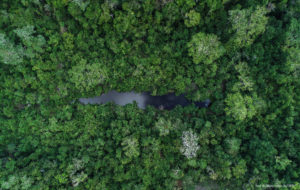
Satelite View of the Mayan Jungle in Petén, Guatemala
Preserved over 30 years by the Community Mangment Model of ACOFOP
We, the Mesoamerican Alliance of People and Forest (AMPB) will like to point put two issues in this definition of carbon credits:
- As the selection of forest hectares is done with aerial images, the indigenous peoples or local communities that inhabit and care for these forests may not be informed while the carbon in their forests is being sold.
- This criteria does not recognize the importance of conserving small forest reserves, nor does it recognize other vital contributions of the forest. All biomes and forest areas are of great importance both for connecting biological correctors, as well as for being water recharge areas (where freshwater sources are born) and for their invaluable cultural significance, since they can be sacred niches, where petroglyphs are sheltered, as also medicinal trees and certain endemic species.
Indigenous and community voices on carbon market
On March 8 and 9, a face-to-face meeting was held between indigenous peoples and local communities representatives that are members of the Mesoamerican Alliance of Peoples and Forests (AMPB). The encounter, entitled “Principles of carbon markets: scenarios of good and bad practices” had the objective to reflect and build a joint and consensual vision on the carbon market initiatives that currently exist in the region; analyzing their scope from their experiences within the territories.
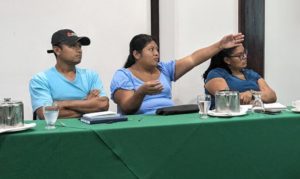
Florita Martínez
President of the Bribri and Cabécar Indigenous Network (RIBCA)
Costa Rica
As a result of the exchange and analysis process, the leaders identified that some of the barriers for carbon credits to be truly complete are:
- Difficulty in accessing information in native languages or in Spanish.
- The verification instruments defined by the certification standards tend to be distant about the realities of the territories.
- Consultation processes are not adequate.
- There are no mechanisms that ensure effective respect for the rights of indigenous peoples and local communities.
The general feeling of the defenders present at the meeting was that the initiatives and companies involved in carbon markets pressure the peoples who care for the forests to make hasty decisions.
For example, after one virtual meeting a week, they can ask for all the information about the hectares of forest they want to offer, taking the agreement for granted. In some countries in the region, they have even tried to sign sales contracts for the carbon stored in their forests without real consultation processes and without being clear about the ownership of the carbon.
This lack of political will from the initiatives and companies behind the carbon market to co-create a prior, free and informed consultation mechanism that truly protects the rights of Indigenous People and Local Communities entails violence and reproduces extractivist and colonial politics.
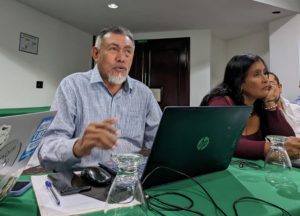
Heraclio Herrera
Director del Instituto de Investigación y Desarrollo de Kuna Yala (IIDKY) Congreso General Guna
Panamá
Alternative
AMPB is working on a strategic plan to address carbon markets from a rights and active participation approach, with the following lines of action:
1) Strengthening of local negotiation capacities.
2) Technical and legal approaches.
3) Communication and consultation.
4) Management and political incidence.
As well as two transversal axes: Financing and Involvement of Women and Youth to generate tools and procedures that allow carbon markets to develop on the basis of the rights of indigenous peoples and local communities.
